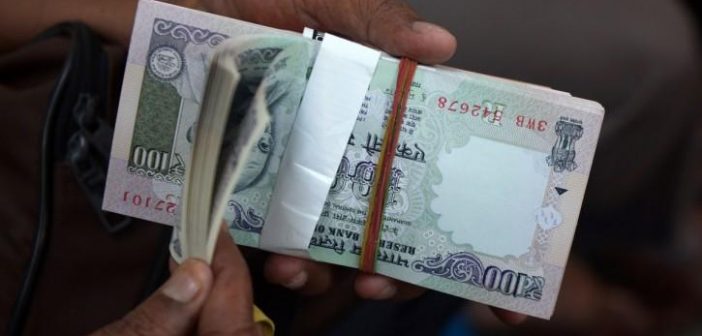India’s economic growth story is intricately linked to its evolving spending habits. As disposable incomes rise and consumer confidence strengthens, Indians are spending more across various categories. However, alongside this increased spending, a critical question emerges: where are Indians wasting money? This analysis delves into the key spending trends in India, identifies areas of potential waste, and explores strategies for smarter financial management.
The Rise of the Indian Consumer: A Spending Spree
Driven by factors like a growing middle class, increasing urbanization, and rising internet penetration, India’s consumer spending is on an upward trajectory. Here’s a breakdown of some prominent trends:
-
Retail Therapy Reigns Supreme: Indians have a strong affinity for shopping, with retail therapy accounting for a significant portion of household expenditure. Clothing, fashion accessories, and electronics are popular categories, driven by easy credit options and aspirational marketing.
-
E-commerce Boom: The digital revolution has transformed shopping habits. E-commerce platforms offer convenience, competitive pricing, and a wider selection, significantly influencing consumer spending patterns.
-
Experience over Materialism: A growing segment of Indian consumers, particularly millennials and Gen Z, prioritizes experiences over material possessions. Expenditure on travel, entertainment, and dining out is witnessing a rise.
-
Focus on Health and Wellness: Health consciousness is increasing, leading to higher spending on fitness memberships, healthy food options, and preventive healthcare.
Where the Money Goes: A Look at Potential Waste
While increased spending signifies a growing economy, certain areas might warrant a closer look to identify potential waste:
-
Impulse Purchases: The convenience of online shopping and aggressive marketing tactics can lead to impulsive buying decisions. Unnecessary purchases or duplicate items contribute to wasteful spending.
-
Brand Mania: The allure of popular brands can lead to brand premium traps. Consumers might overlook equally good, but less expensive alternatives, solely due to brand loyalty or social pressure.
-
Subscription Overload: The subscription economy offers a plethora of services, from music streaming to food delivery. However, subscribing to multiple, underutilized services leads to recurring charges and wasted money.
-
Unplanned Expenses: Lack of budgeting and impulse spending can lead to financial strain. Unplanned expenses like dining out excessively or neglecting bill payments can impact long-term financial goals.
-
Hidden Costs of Convenience: The convenience of online services often comes with hidden costs. Delivery charges, subscription fees, and in-app purchases can significantly inflate the final price.
Data Insights: Quantifying the Waste
While quantifying the exact amount of wasted spending is challenging, various studies shed light on potential areas of concern:
-
A 2023 PhonePe Pulse report indicates that Indians spend over 25% of their monthly income on retail and shopping, highlighting the dominance of this category in household expenditure.
-
A 2022 Razorpay report suggests that impulse buying is prevalent, with over 40% of online shoppers admitting to making unplanned purchases.
-
A 2023 KPMG report reveals that Indian households, on average, subscribe to over five OTT (over-the-top) streaming services, raising concerns about potential subscription fatigue and wasted spending.
Strategies for Smarter Spending: Plugging the Leaks
Indian consumers can become more mindful spenders by adopting these strategies:
-
Budgeting and Planning: Creating a budget and tracking expenses promotes financial awareness and helps identify areas for potential savings.
-
Prioritizing Needs over Wants: Differentiating between essential needs and fleeting desires allows for more informed spending decisions.
-
Comparison Shopping and Research: Researching prices and comparing options before making purchases can help avoid unnecessary brand premiums and hidden costs.
-
Utilizing Discount Offers: Leveraging discounts, coupons, and loyalty programs can help stretch budgets further. However, caution is needed to avoid falling for misleading promotions.
-
Curbing Impulse Purchases: Developing strategies like implementing a waiting period before buying or utilizing offline shopping trips to avoid online impulse buys can help curb unnecessary spending.
-
Re-evaluating Subscriptions: Regularly reviewing subscriptions and cancelling unused services can free up significant recurring costs.
Conclusion: A Financially Savvy India
India’s consumer spending habits are evolving, reflecting a growing and aspirational population. While increased spending is positive for economic growth, mindful financial management is crucial to avoid wasteful habits. By adopting budgeting techniques, prioritizing needs, and utilizing smart spending strategies, Indian consumers can navigate the evolving financial landscape and emerge as financially empowered individuals. This shift towards responsible spending will contribute not only to individual financial well-being but also to a more sustainable and inclusive economic future for India.





